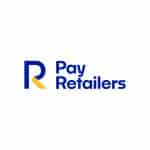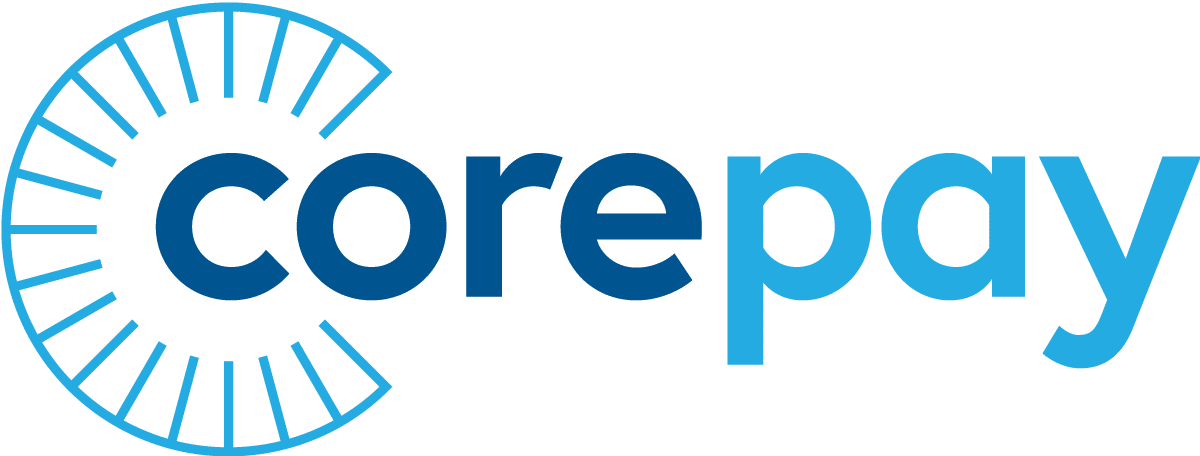Editorial note: This guest post was submitted by Cris Carillo, co-founder of Allied Payments
If you’ve been in business for any length of time, you have probably experienced something similar to this:
A consumer finds your online shop and purchases something from you. They pay for the item, you ship it to them and life goes on. However, several weeks or even months down the road, you see that the money was removed from your bank account and given back to the consumer without your knowledge.
The consumer went to their bank and requested a chargeback without ever speaking to you!
What is a Chargeback?
The example above is a classic scenario in a chargeback situation, but should not be.
Chargebacks were designed to protect consumers from fraudulent behaviors. If the card is lost or stolen, consumers know they can simply contest the charges made on the card while it was out of their possession and the bank will give them their money back. This is also the case if a merchant is doing something fraudulent.
Chargebacks were NOT designed for consumers to go behind the merchant’s back and ask for their money to be returned. In this situation, the consumer is essentially stealing from the merchant because they can purchase the item, receive the item and then ask the bank to give them their money back. This can be viewed as a type of theft.
How do Chargebacks Work?
Chargebacks go through several steps before being finalized. Understanding the process can be helpful for a merchant because you can then try to mitigate the risk as much as possible. However, sometimes the merchant is completely unaware that they are in a chargeback situation, which can be frustrating.
Step One: The Cardholder Files a Chargeback
If a cardholder typically calls their back to begin the chargeback process. They file a chargeback with their bank and ask for the funds to be returned to them.
Step Two: The Bank Investigates
The bank will assign a specific code to the chargeback, which represents the reason for the filing. This can be a number of different reasons. Each code has a different set of guidelines including filing time, documentation, etc.
The bank will then investigate the chargeback to determine whether or not the complaint is valid. This investigation will include a review of policies and regulations and whether or not they were followed by both parties – the merchant and the cardholder.
Step Three: Funds Are Returned to the Cardholder
If the investigation finds that the purchases were fraudulent or the merchant gave poor customer service and/or products, the bank has the right to take the money from the merchant’s account and give it back to the cardholder. This is where things get tricky.
As mentioned earlier, chargebacks were designed to protect consumers from fraud and encourage the use of credit cards. However, some cardholders have begun to abuse the system by filing chargebacks for lots of things that are not appropriate. These things can include buyer’s remorse, forgetting that you made a purchase or even to avoid a restocking fee.
Step Four: Merchant Takes Action if Necessary
As a merchant, you must accept the loss if the chargeback is found to be fraudulent. But, it is possible for a merchant to dispute a chargeback if they can provide the necessary documentation. In order to file a dispute and get your money back, you may need to prove some of the following pieces of information, depending on the situation.
- Merchandise was actually delivered to the cardholder
- Cardholder picked up the merchandise in your store (you can prove this by accepting photo IDs for in-store pickups
- The consumer is actually using the merchandise
- Signed or recorded acknowledgement of the order for phone or online transactions
- Proof of previously undisputed recurring charges or purchases of similar products or services
If the merchant is able to prove some or all of these things, it is likely that the chargeback will be deemed invalid and the money returned to the merchant’s bank account.
How long does a chargeback take?
Typically, the whole process can be anywhere from one month to three months. This timeframe is dependent upon how quickly the documentation is provided to the bank and how questionable the situation is. In many cases, there is extensive research that has to be done in order for the bank to make the right decision.
Tips to Preventing Chargebacks
As a merchant, one of the best things you can do to avoid chargebacks is to provide exceptional customer service. Although there will always be the small percentage of people who are trying to cheat the system, most of your consumers likely do business with you because they like your product or service. Providing an amazing customer experience can help decrease your risk of chargebacks.
Here are some tips on how to do that:
- Process orders in a timely manner
- Have your systems configured so consumers get detailed, itemized receipts for their purchases
- Make sure that all terms and conditions are clear and easy to understand
- Respond promptly to email, phone calls and social media messages
- This one is HUGE! Many consumers reach out through online platforms because it’s easier than making a phone call. Merchants who respond promptly and appropriately in these platforms will have a better chance of avoiding chargebacks when the product or service isn’t perfect
- Keep track of EVERYTHING! Receipts, phone calls, emails, etc. Have your systems automated so that this is an easy process for you.
Chargebacks can be a really scary thing for merchants, particularly if you’re using the services of a high-risk merchant account because of prior issues. They can threaten the livelihood of your business and cause some major headaches. They can also eat up a ton of your time if you have to spend it defending the charges on someone’s credit card.
There are ways to mitigate the risk of chargebacks and we recommend you try all of them until you find what works for you. Systems and processes are the best way to protect your business, even though they can be time-consuming to setup. If you’re ever presented with a chargeback situation, you’ll be thankful that you have all the proof you need to dispute it if necessary.





























